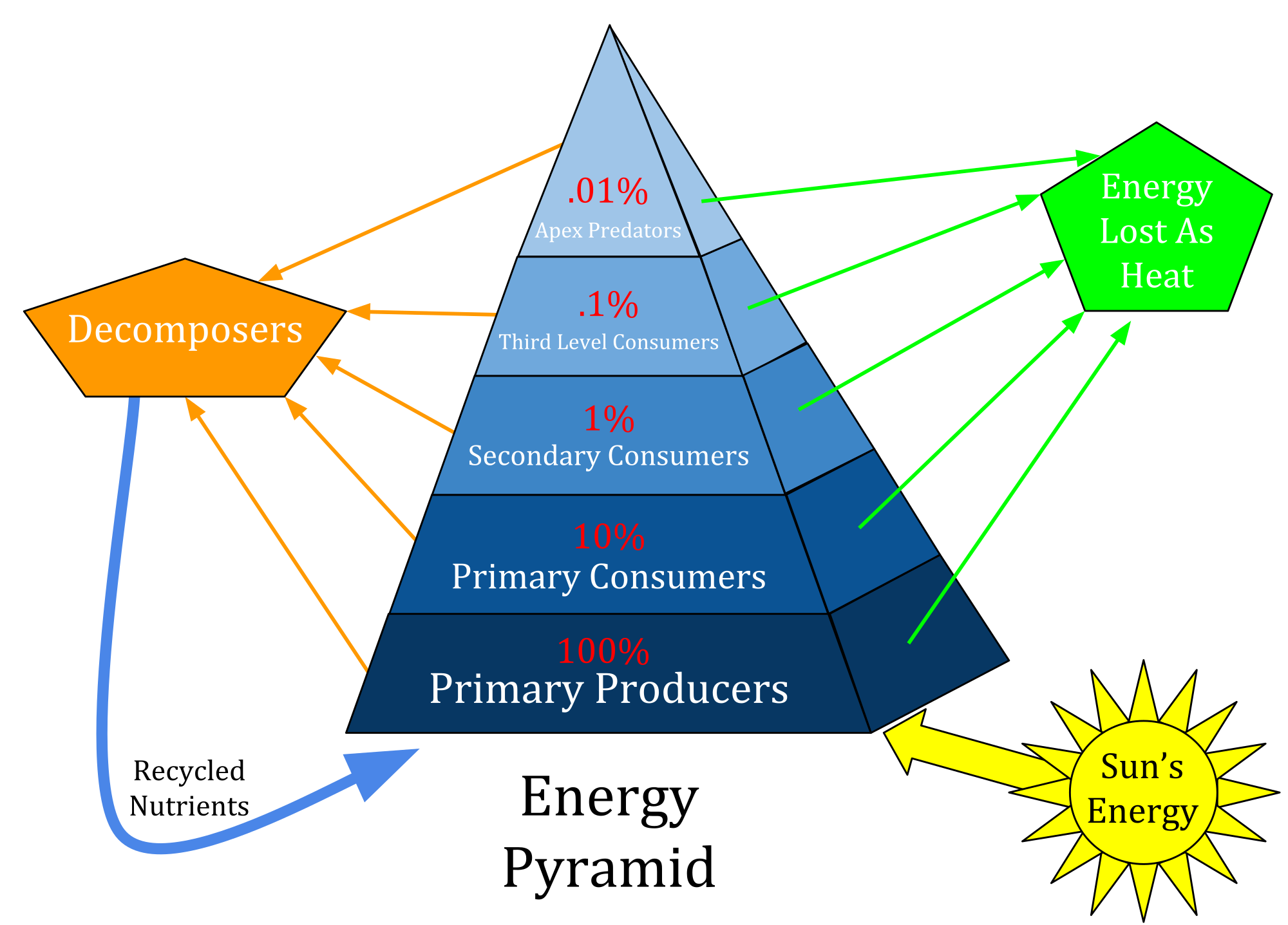- Human population has become a concern because of the Earth becoming overpopulated
- Larger amount of people equals more of a demand of natural resources (clean air, land, and water)
- Earth’s natural ecosystem supplies all species with food, water, shelter
- Population increases in size and so do their demands for resources
- (Goes mainly for humans) As their standards of living increases, it puts natural resources into further drains
- Reasons people consider their use of natural resources:
- Many resources (such as notably metals and fossil fuels) are possibly running out
- Pollution and degradation and conversion of land are reducing the renewal of resources
- When a population exceeds its carrying capacity, two things happen; mortality rates increase and birth rates decrease
- Today, it takes Earth a year and six months to regenerate the resources we use up in one year, if this continues, we will need the equal amount of two Earths to support us
- If we continue turning resources into waste faster than the Earth can turn waste into resources, we could end up in an ecological deficit
Ecological Deficit: Resources use and waste production that exceeds a sustainable level
- Earths total biocapacity is dependent on available bioglobal hectares (biocapacity is measured in units called global hectares{gha})
- Biocapacity is dependent on natural conditions and how land is used ( example: for farming or forestry)
- “Global hectare per person” refers to the amount of biologically produced land and water is available per person
- If land is degraded, more land is needed to support every person and biocapacity goes down, however, if we can produce more food in a sustainable manner than Earth’s biocapacity increases
- Concept of ecological footprint was developed at the University of British Columbia in 1990 and it measures the land and water area that a human population requires to produce the resources it consumes and to absorb its carbon dioxide emissions
- States that our demands for resources is not sustainable
- If our demand for resources exceeds our biocapacity, there will be an ecological deficit
Human Population Projections
- United Nations Development Program (UNDP) released data on human fertility for 162 countries
- Compared with 1970 to 1975, 152 countries had lower human fertility in 2000 to 2005, 3 countries showed an increase in fertility and 7 countries showed no change
- No one can predict the future of human population but assumptions are still made
- Biodiversity is measured as the variety within species, the variety between species, and the variety of ecosystem’s
- Species and ecosystems renew our needed resources in many ways and maintain oxygen in the atmosphere, remove carbon dioxide from the air, filter and purify water, pollinate plants, decompose wastes and transfer nutrients
- Our demands for food, water and energy puts thousands of other species and ecosystems at risk (for example, the bird population is losing their habitats as our cities and towns expand)
- It is estimates that about 10% of the world’s known species will be at an increasingly higher risk of extinction for every 1’C rise in temperature; some species adapt and adjust and others don’t
- All species (including humans) depend on each other to survive and a lot of human activity impacts the survival of other species
- We must learn how to protect Earth’s ecosystems and resources while meeting our own needs






